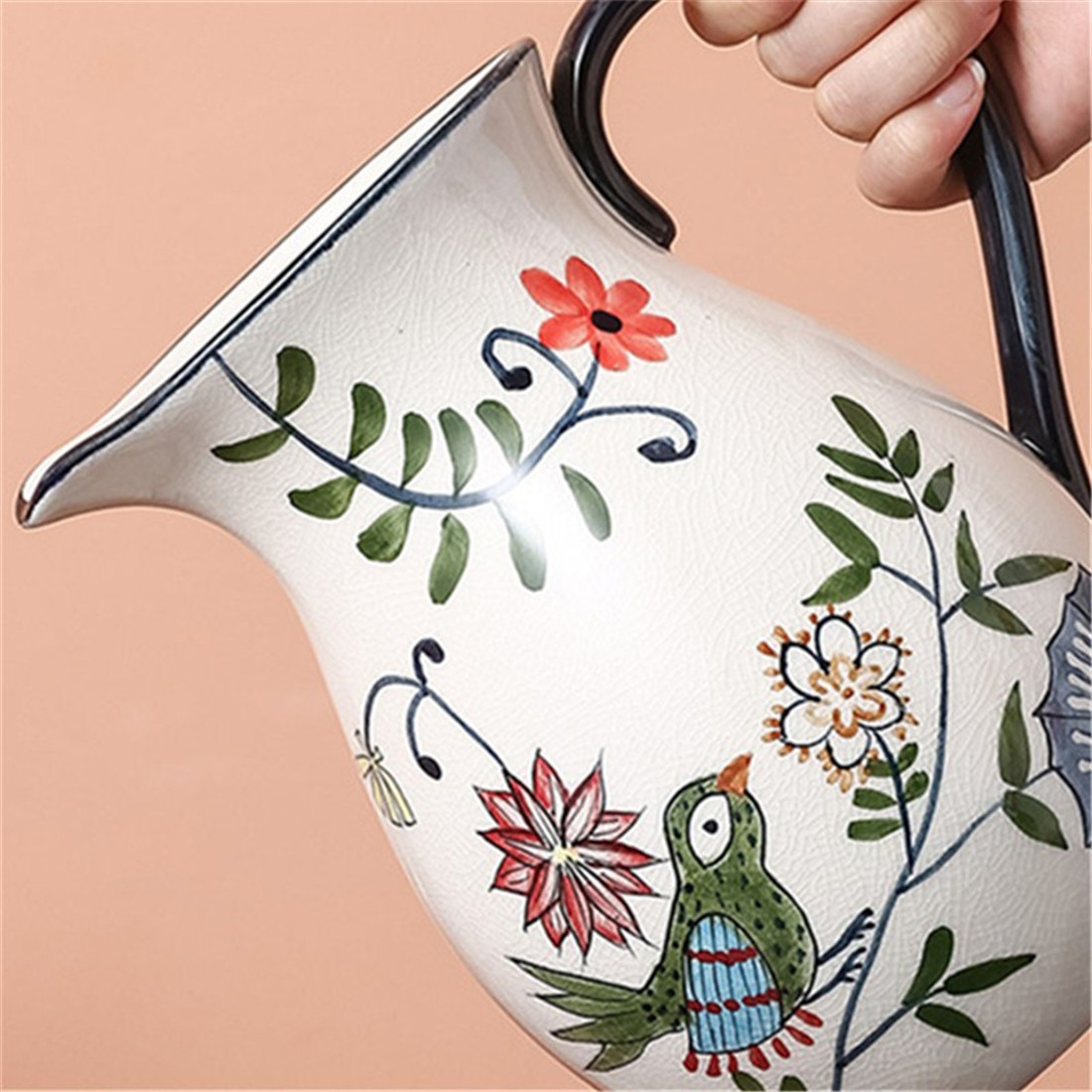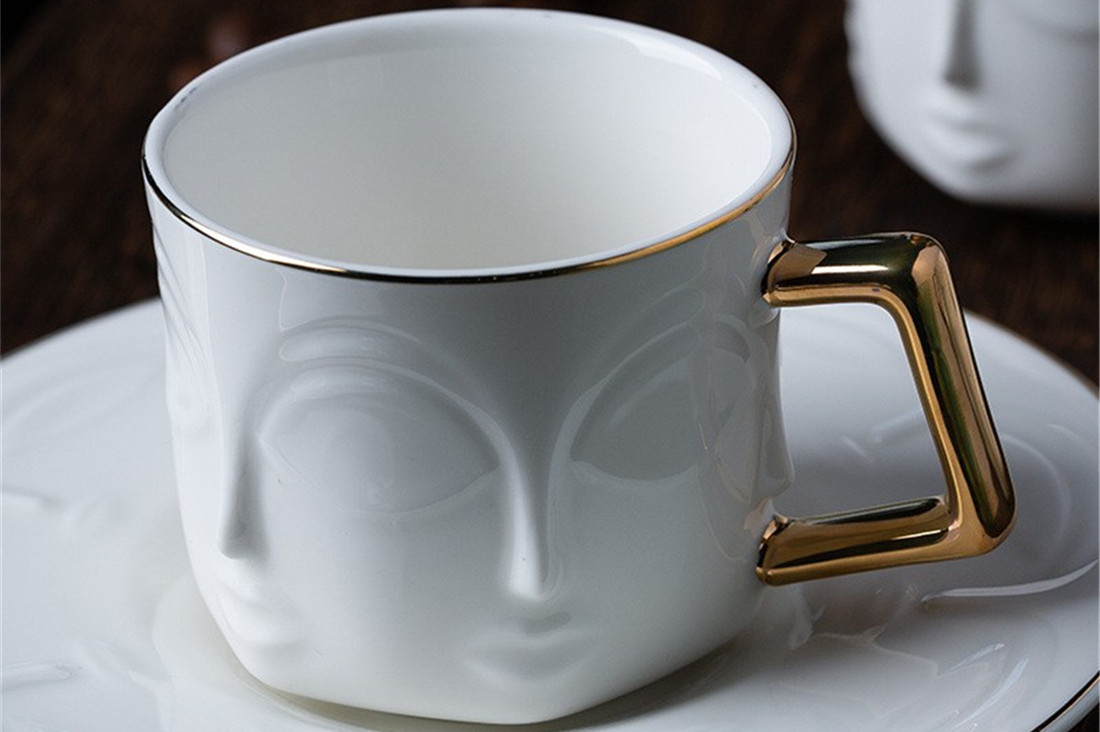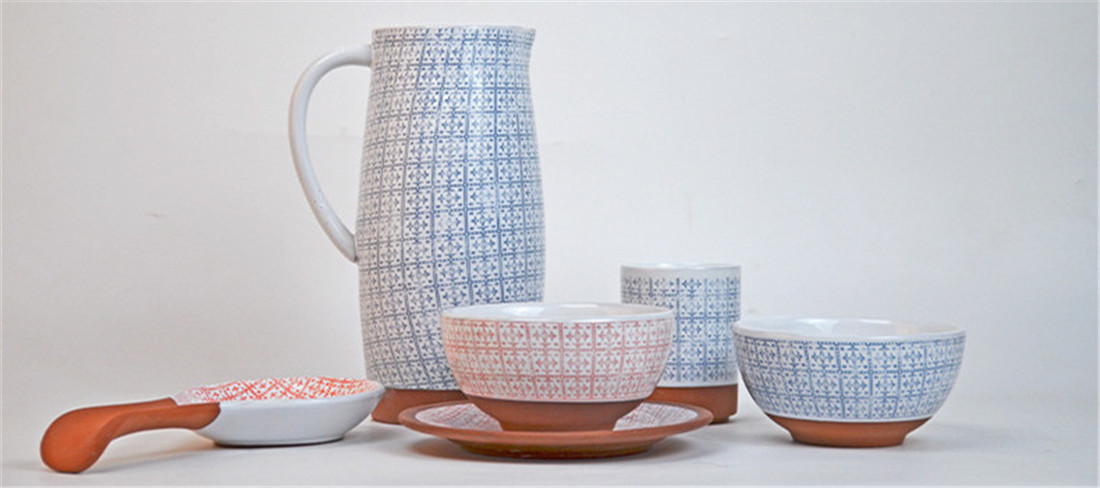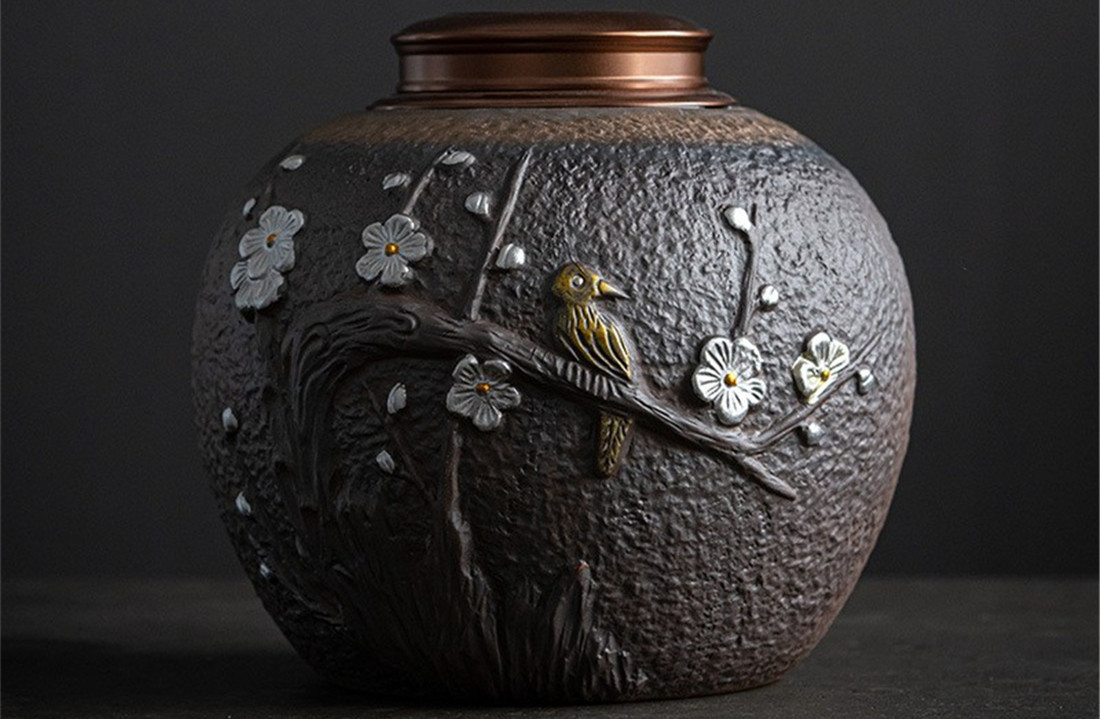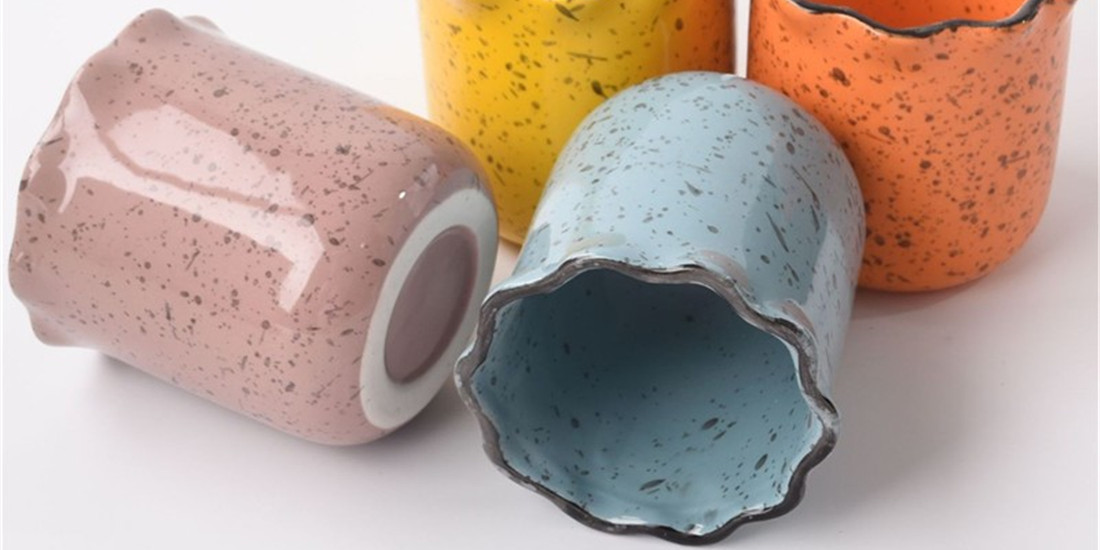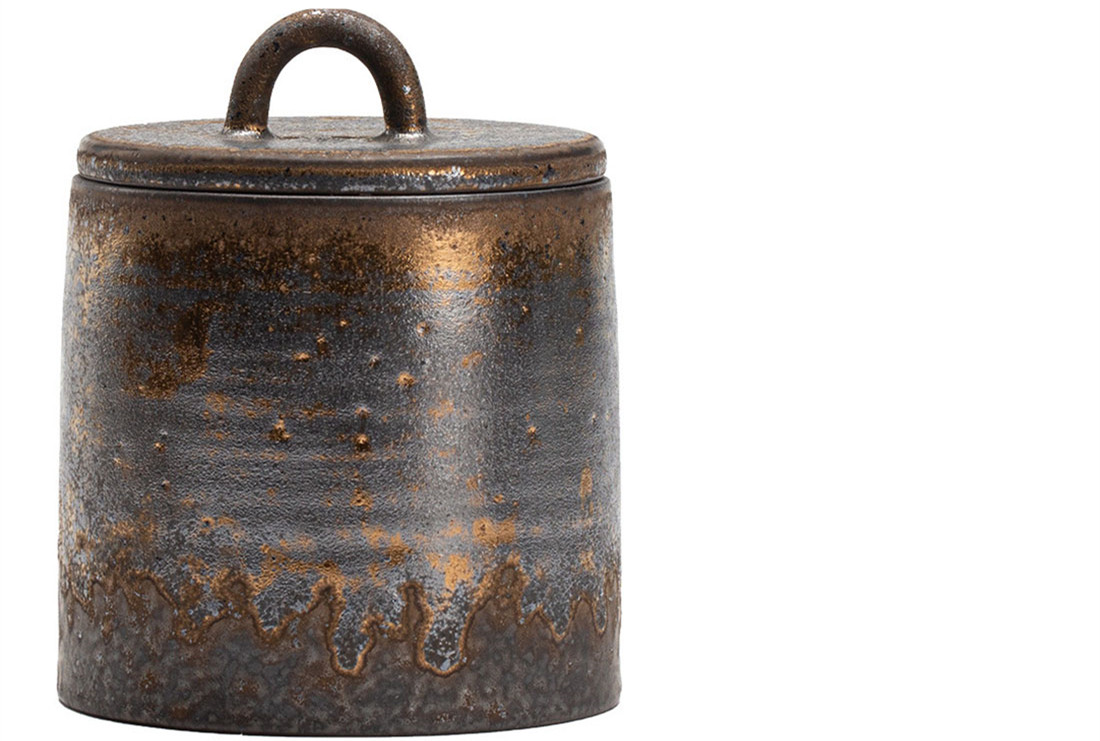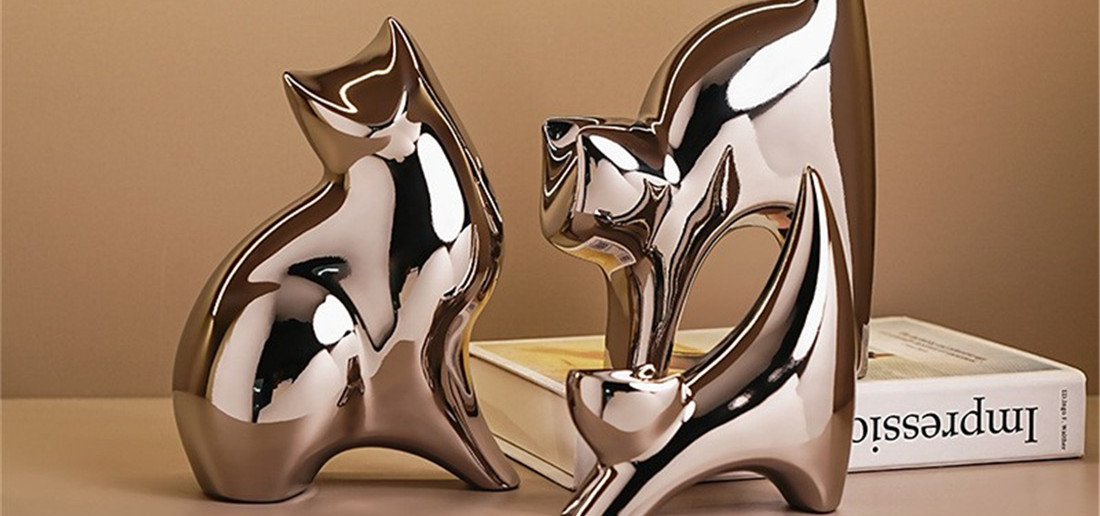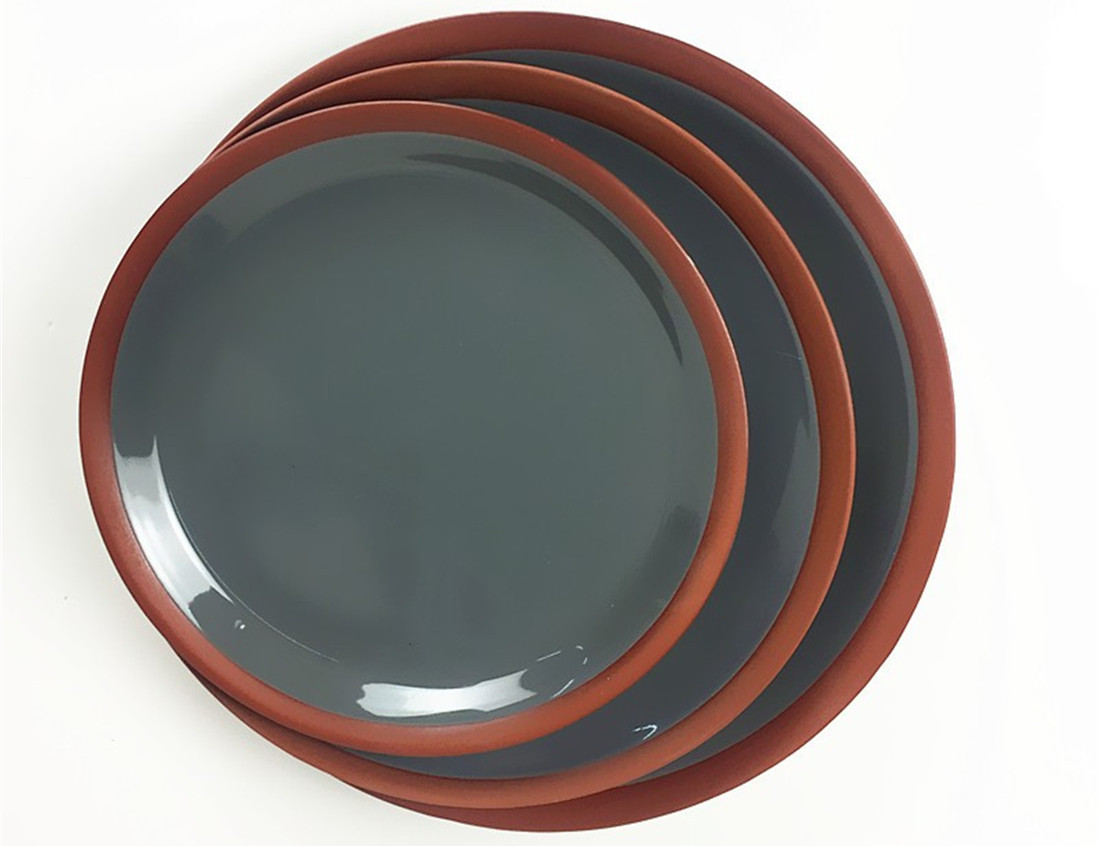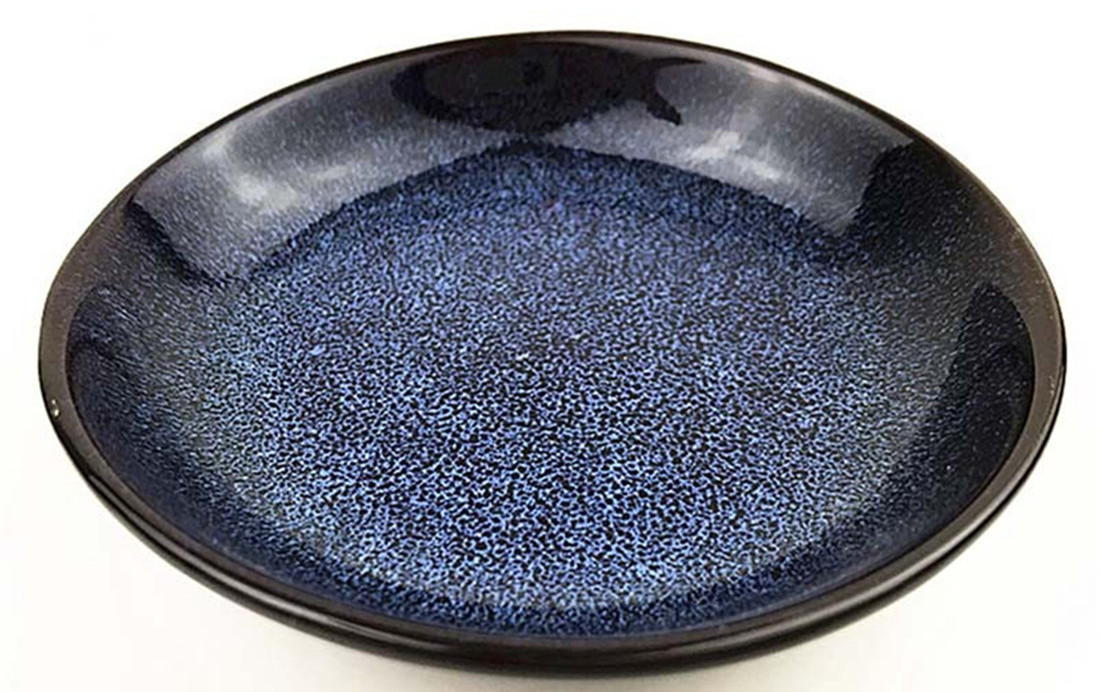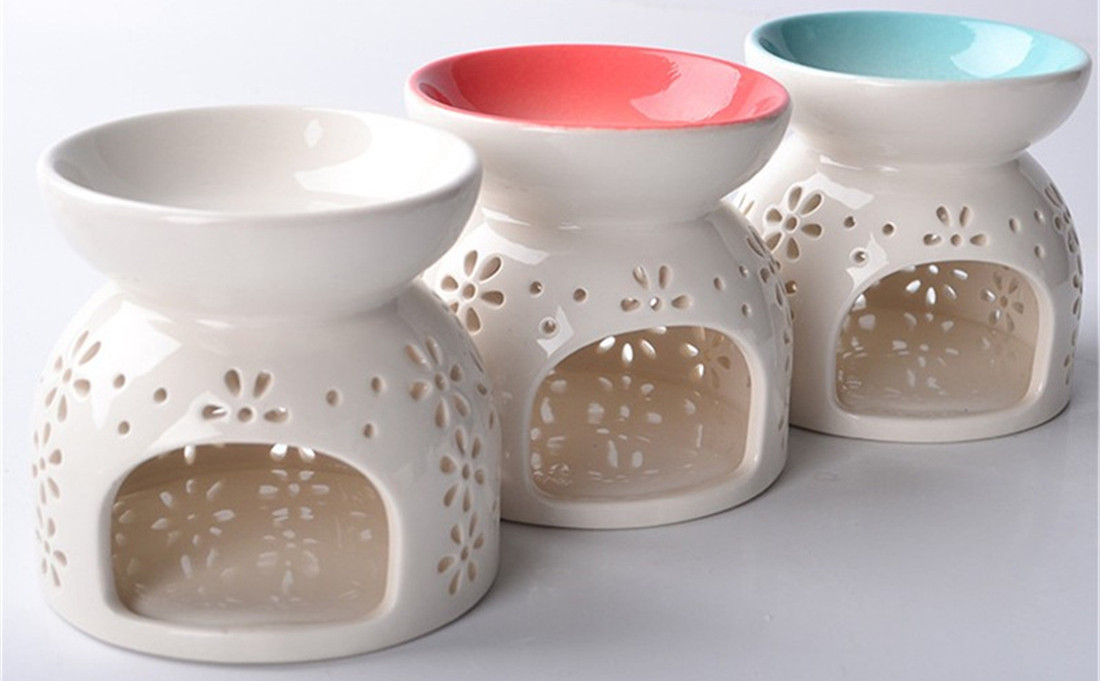Welcome to our in-depth exploration of ceramic surface decoration techniques, where the ancient art of hand-painting converges with modern innovations like pad printing and silk screen. In this comprehensive guide, we will delve into the unique characteristics and advantages of each method, from the timeless appeal of hand-painted ceramics to the dynamic and unpredictable patterns of reactive glazing. Whether you're an avid collector, an aspiring artist, or someone with a general interest in the craft, this guide is designed to deepen your understanding of the rich variety of techniques that breathe life into ceramic surfaces.
Section 1: Traditional Techniques
Hand Painted (include Gold-painted):
Characteristics: Hand-painted ceramics bear the distinctive touch of skilled artisans, showcasing intricate details, nuanced color transitions, and a sense of individuality.
Advantages: Unparalleled artistic expression, personalized designs, and a connection to traditional craftsmanship.
Decal Application:
Characteristics: Decal application allows for precise reproduction of intricate designs, offering a wide range of possibilities for detailed patterns and imagery.
Advantages: Consistency in design, the ability to replicate complex visuals, and a versatile approach to decorating ceramics.
Embossed Ceramics:
Characteristics: Embossed ceramics feature raised patterns that add texture and depth, turning the surface into a tactile and visually engaging masterpiece.
Advantages: Enhanced tactile experience, visual interest through three-dimensional elements, and a unique approach to ceramic art.
Splashed Ink: Characteristics: Organic splatter patterns, fluid visuals, and artistic spontaneity. Advantages: Unpredictable beauty, artistic freedom, and contemporary appeal.
Section 2: Modern Innovations
Pad Printing:
Characteristics: Pad printing ensures precise and consistent decoration through a silicone pad, allowing for intricate and repeatable designs on various ceramic forms.
Advantages: Efficient and accurate application, the ability to reproduce detailed graphics, and versatility in adapting to different shapes.
Silk Screen Printing:
Characteristics: Silk screen printing enables the transfer of detailed patterns onto ceramics, delivering precise and intricate designs with a graphic design aesthetic.
Advantages: Repeatable patterns with high fidelity, adaptability to various surface shapes, and a contemporary visual appeal.
Electroplated: Characteristics: Metallic sheen, reflective surfaces, and sleek aesthetics. Advantages: Luxurious appearance, durability, and a modern touch.
Section 3: Glazing Techniques
Color Glazed:
Characteristics: Color glazed ceramics showcase a vibrant spectrum of hues, enhancing the visual appeal of the pieces with bold and brilliant colors. Advantages: Aesthetically pleasing, wide range of color options, and the ability to create visually striking ceramic pieces.
Reactive Glazed:
Characteristics: Reactive glazing introduces dynamic and unpredictable patterns, resulting from the chemical reactions between different glaze components.
Advantages: Unique, one-of-a-kind pieces, an organic and natural appearance, and the allure of unpredictability in the finished product.
Kiln Glaze Firing:
Characteristics: Kiln glaze firing is the final step in the process, setting and sealing the glazes to enhance the durability and luster of the ceramics. Advantages: Improved durability, enhanced color vibrancy, and a final firing step that contributes to the overall quality of the finished pieces.
Section 4: Unique Techniques
Hollow Ceramics: Characteristics: Negative spaces, lightweight structure, and contemporary design. Advantages: Modern aesthetics, functionality, and innovative form.
Conclusion:
A Tapestry of Ceramic Artistry
As we conclude our guide, you've not only explored a myriad of ceramic surface decoration techniques but also gained insights into the unique characteristics and advantages of each method. Whether you're drawn to the timeless allure of hand-painted ceramics or fascinated by the dynamic patterns of reactive glazing, this knowledge deepens your appreciation for the diverse and intricate world of ceramic decoration.
